Thermal conductivity is indeed better for stones than for epoxy. Wikipedia gives 2.8W/(K m²) for granite vs. 0.2W/(K m²) for epoxy.
Thermal conductivity can be increased by adding some material, but a potting compound should not be electrically conductive, which prohibits metals, graphite etc.
Most insulating casting compound of this kind have a value around 0.8W/(K m²), but I also found a silicone based compound with 5.0W/(K m²).
However, I think the price plays a big role, too. Even normal epoxy costs some money, the heat conductive stuff more, and that 5.0W/(K m²) is for sure very expensive. In contrast, I guess the pebbles in that picture cost less than a cent.
